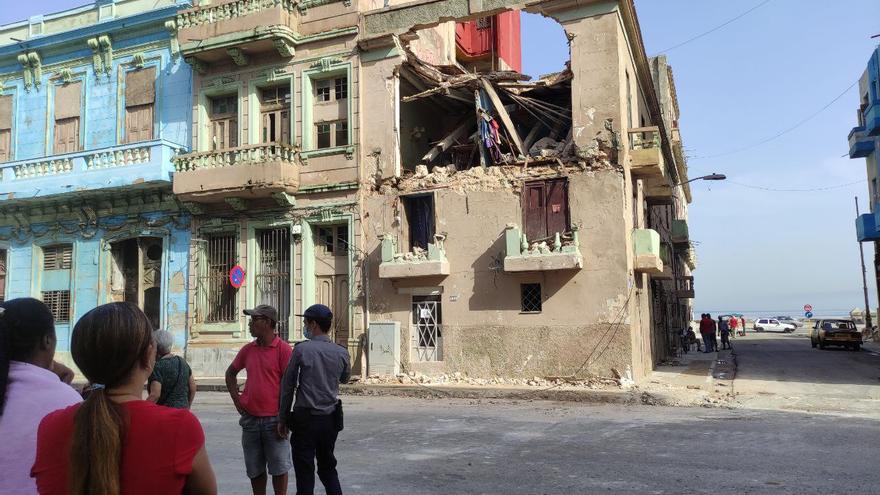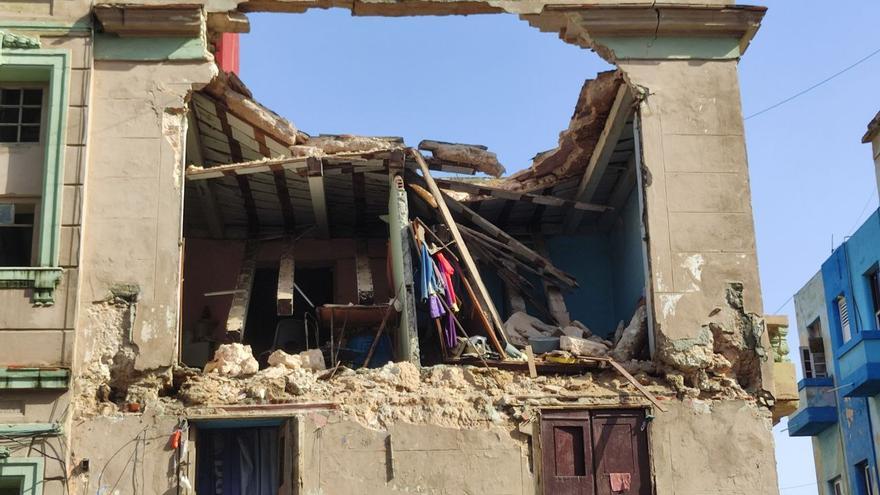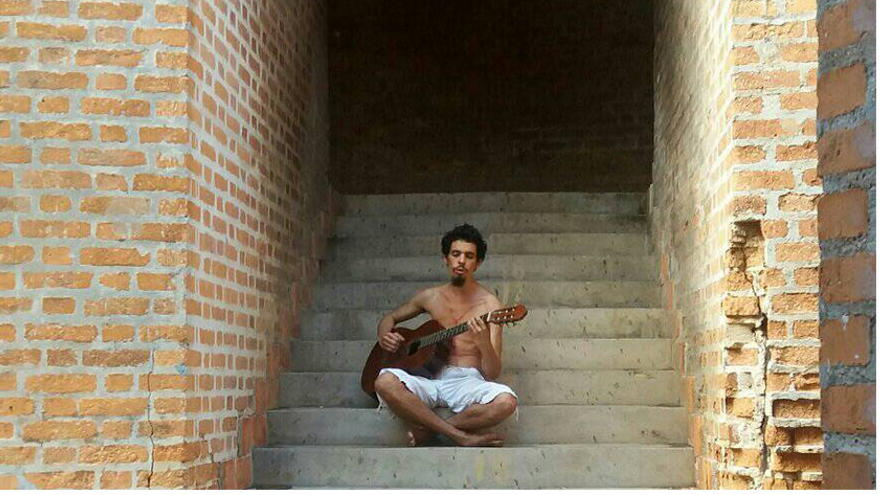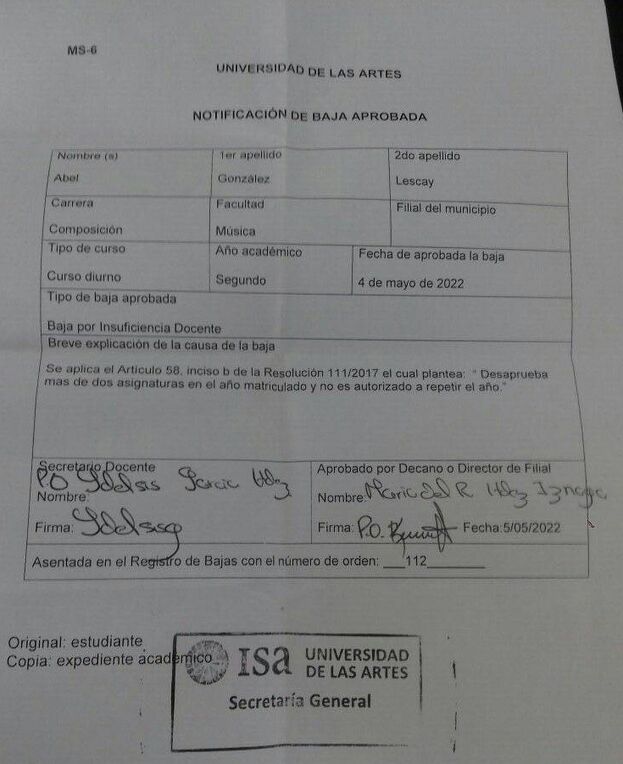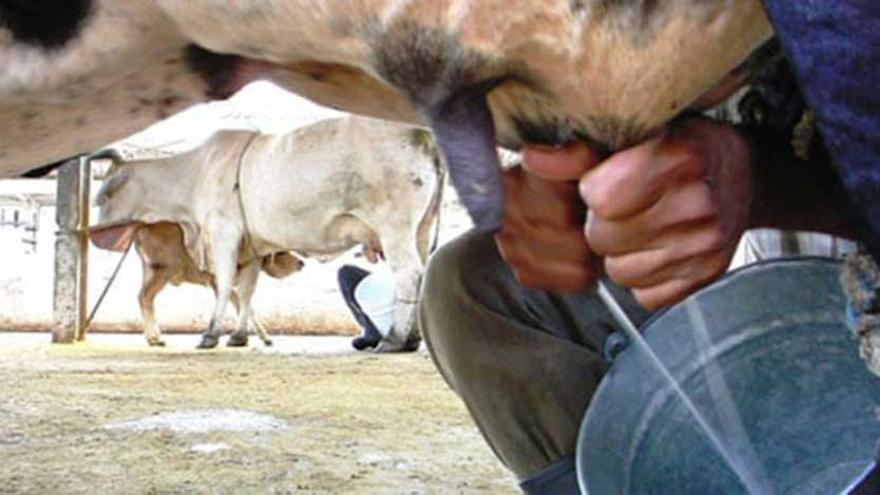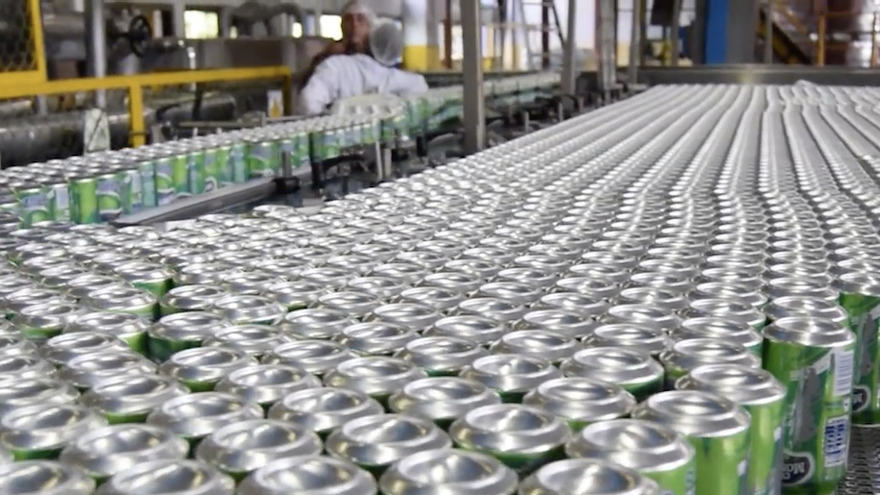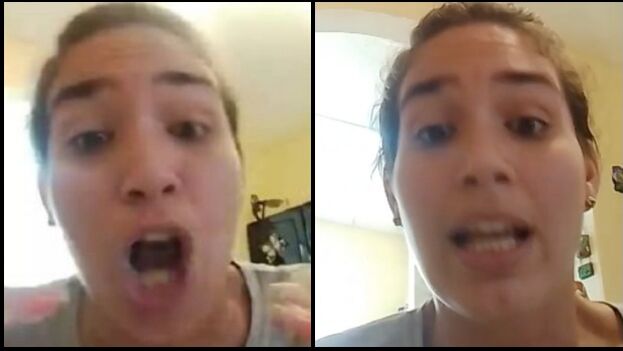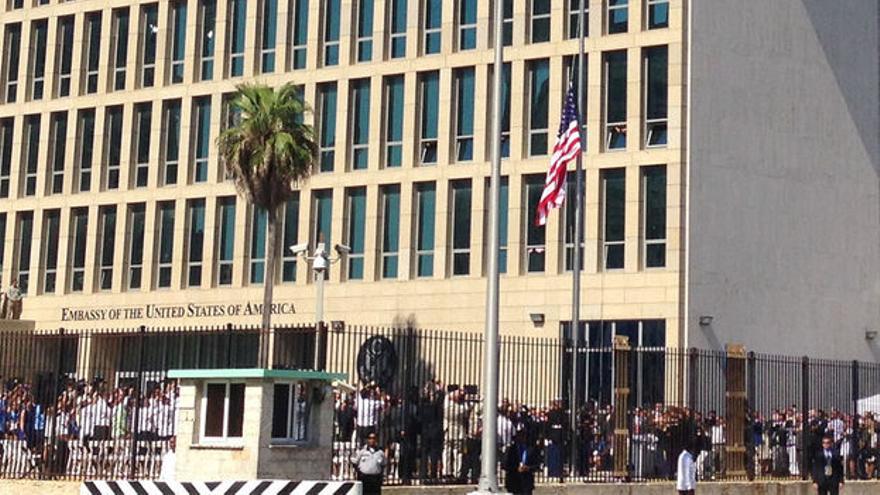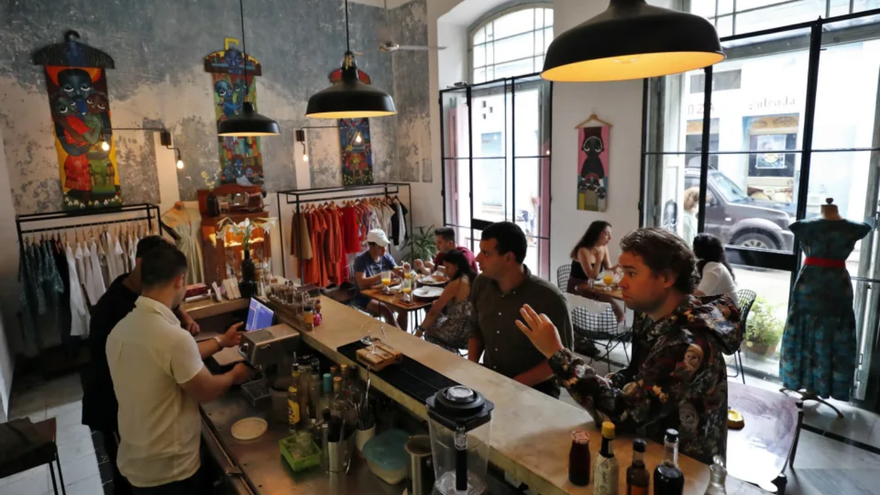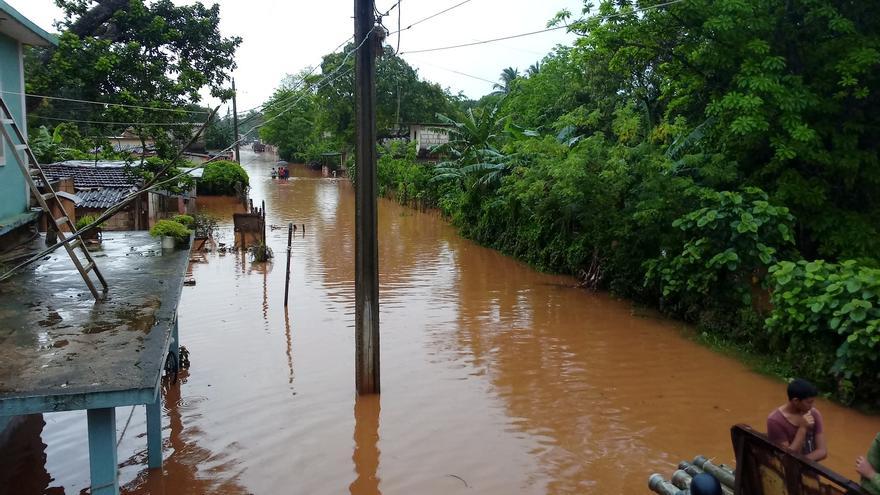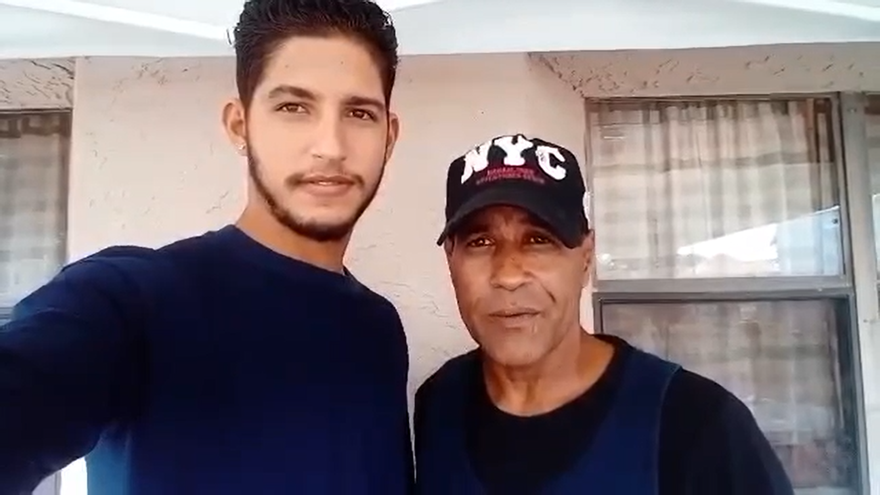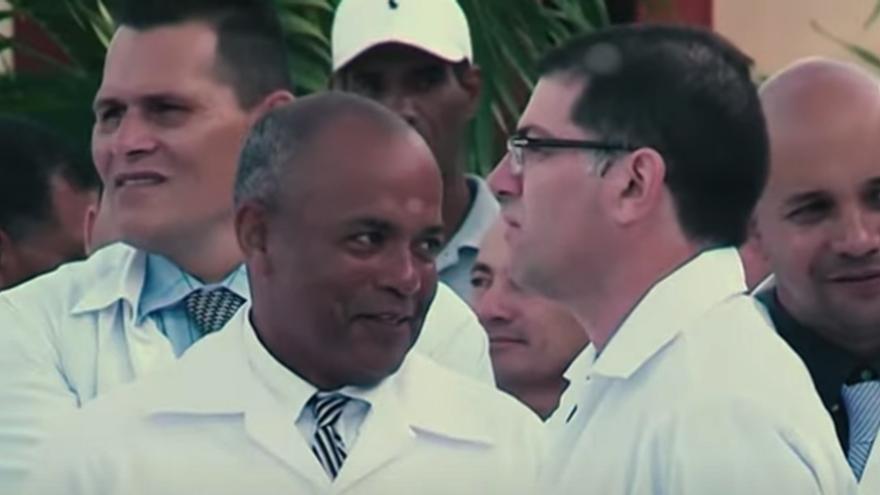
![]() 14ymedio, Havana, June 10, 2022 — Cuban doctors sent to help during the COVID-19 pandemic in Mexico City limited themselves to “preparing beds, taking vital signs, conducting surveys and passing sponges to patients to bathe,” revealed a report released by LatinusUS.
14ymedio, Havana, June 10, 2022 — Cuban doctors sent to help during the COVID-19 pandemic in Mexico City limited themselves to “preparing beds, taking vital signs, conducting surveys and passing sponges to patients to bathe,” revealed a report released by LatinusUS.
The Mexican portal, led by journalist Carlos Loret de Mola, had access to 1,000 reports written by the Cuban health workers themselves, which recognize that “they were not in charge of covid care areas nor did they carry out any specialized activity.” This contrasts with the triumphalism of the Cuban authorities, who even managed to brag about the decrease in mortality caused by the coronavirus in Mexico. For example, a statement from the Ministry of Public Health last year said that thanks to the health brigade, the case fatality rate was reduced by 21% in the areas where Cubans were assigned.
“With the support of Mexican staff and the experience of the collaborators, they were able to overcome adversity and save more than 95% of those admitted for the new coronavirus there,” said Osvaldo Castellanos Ravanal, who was at the head of the team that worked at the Campo 1 hospital.
The LatinusUS report overturns the official discourse. This media accessed through a transparency portal 426 monthly blogs of Cuban health workers and nurses who were in Army medical units between December 2020 and February 2021, and the reports of 266 health workers who extended their stay in Mexico.
The documents reveal that the members of the Henry Reeve Brigade delivered reports to the Ministry of National Defense based on 30 templates, completed on a computer and by hand, in which “words, paragraphs, wording and even the same omissions and the lack of signatures are repeated,” the report mentions.
The use of templates for the preparation of the reports has also been pointed out by Javier Larrondo, president of the NGO Prisoners Defenders. “The doctors are given a model and they say: you have to do it like this,” explains Larrondo, who details that they can tell them to change a point and sign it or “they can tell them to just take it and sign.” These papers, denounces the activist, “are to distort reports and fulfill what they ask of us in a fraudulent way.” continue reading
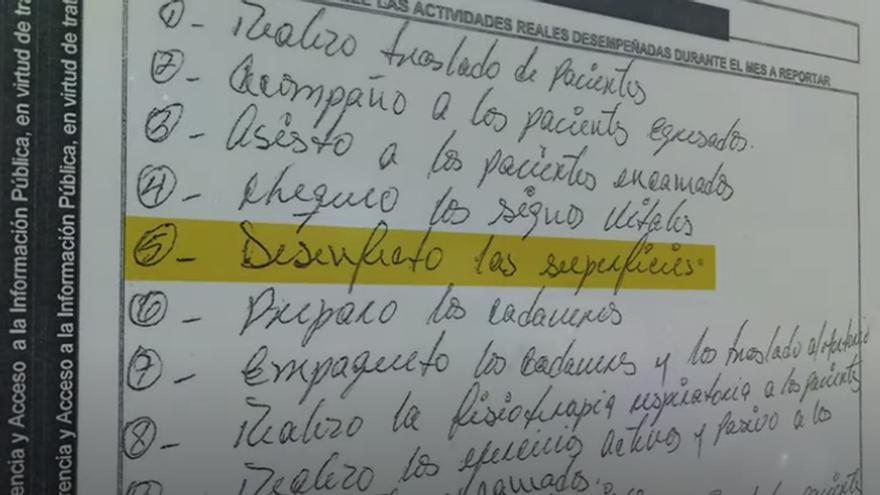
That first contingent, closely followed by the press, was continued by others from December 2021. Mainly destined for military hospitals, their operation turned out to be more opaque, and it isn’t yet known how much Mexico paid Havana for them.
Mexico’s support for the island was increased with a controversial scholarship program for medical students. The Administration of Andrés Manuel López Obrador gave $1,501,766 to the Comercializadora de Servicios Médicos Cubanos, S.A. for 172 students studying a specialty on the island, and 1,000 scholarship applications were expected.
Despite the failure in its first stage, this year the offer was expanded to 13 medical specialties. Scholarship recipients, who will receive support of 1,090 euros per month, will have to cover the cost of health insurance ranging from 231 euros to 753 and will be paid “directly.”
The Government of Mexico also confirmed this year the hiring of 500 doctors and the purchase of Cuban vaccines against COVID-19. The Mexican president called those who oppose the arrival of this brigade “selfish” and warned that he “will not take a step back.”
López Obrador gave his statement while a Mexican judge admitted to processing a lawsuit rejecting the hiring of Cuban doctors, and a complaint was filed on June 5 by opposition deputy Gabriel Quadri with the Attorney General’s Office of the Republic “for human trafficking, labor exploitation and forced labor,” before the arrival of the health workers.
Translated by Regina Anavy
____________
COLLABORATE WITH OUR WORK: The 14ymedio team is committed to practicing serious journalism that reflects Cuba’s reality in all its depth. Thank you for joining us on this long journey. We invite you to continue supporting us by becoming a member of 14ymedio now. Together we can continue transforming journalism in Cuba.



